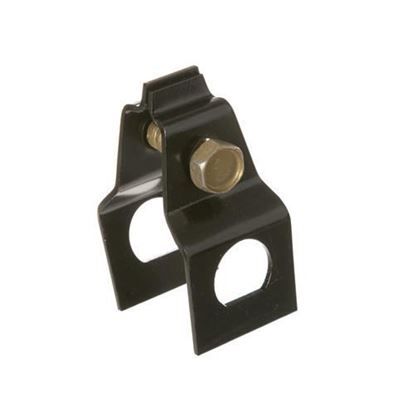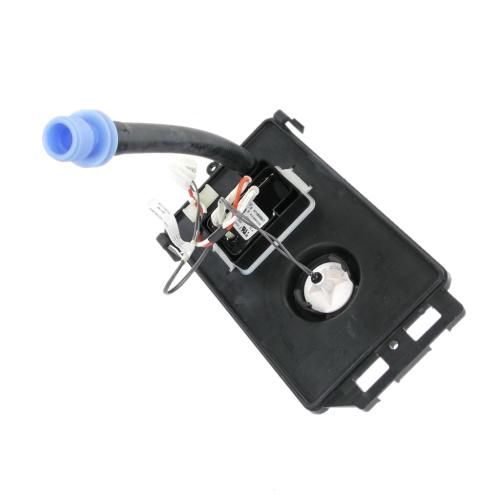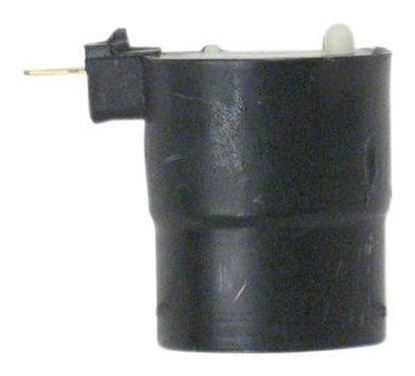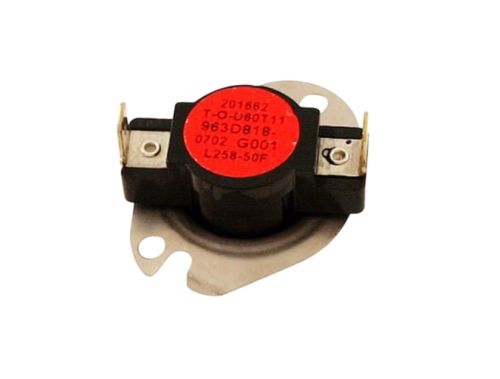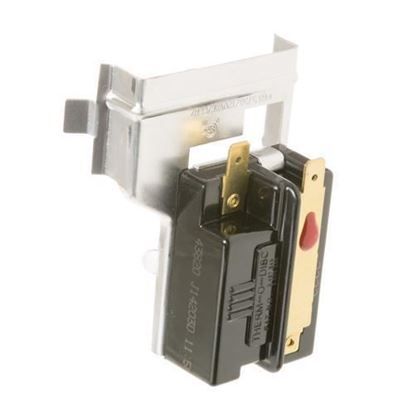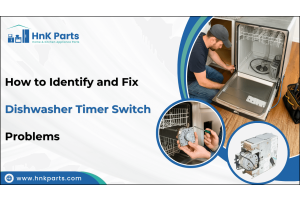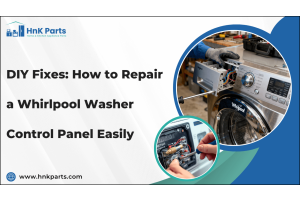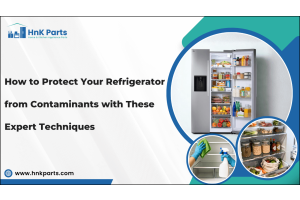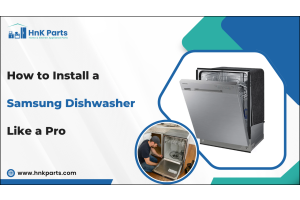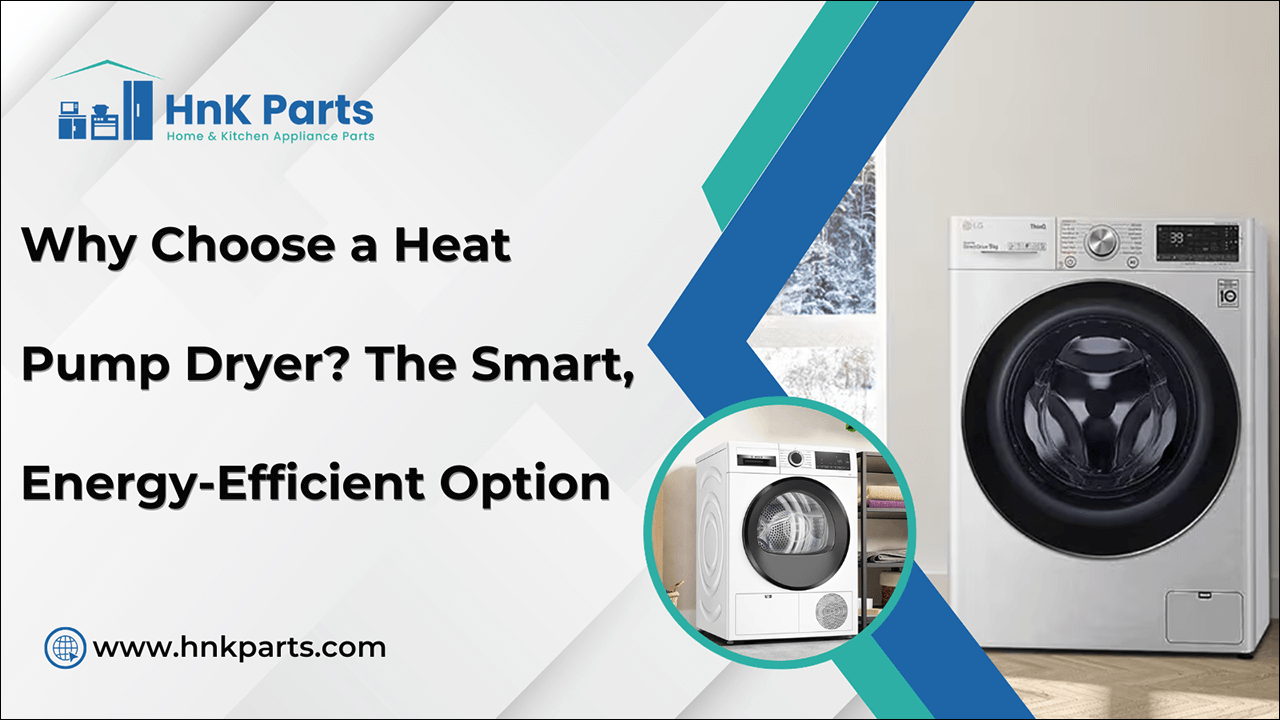
Why Choose a Heat Pump Dryer? The Smart, Energy-Efficient Option
In today's fast-paced world, where time is of the essence, modern laundry technology has revolutionized the way we handle our clothes. Traditional laundry machines have undergone numerous advancements, and among these, heat pump dryers have emerged as an innovative and eco-friendly solution. Unlike their conventional counterparts, heat pump dryers use sophisticated technology to dry clothes efficiently while being gentle on fabrics and kind to the environment. With escalating energy costs and growing awareness of sustainable living, an increasing number of homeowners are opting for heat pump dryers as a more environmentally friendly choice for their laundry needs.
How Heat Pump Dryers Work
Heat pump dryers utilize advanced drying technology that sets them apart from conventional vented or condenser dryers. The fundamental principle behind a heat pump dryer is that it recycles hot air to dry clothes. Unlike traditional dryers, which vent hot, moist air outside, heat pump dryers extract moisture from the clothes and absorb heat from the air inside the dryer. This process allows them to operate at significantly lower temperatures, making them not only energy-efficient but also gentler on fabrics.
-
When you load your clothes into a heat pump dryer and set it to dry, the machine draws in air from the surrounding environment and passes it through a heat exchanger. This heated air warms the clothes while absorbing moisture. The moisture-laden air is then passed through a condenser, where it is cooled down, and the water is collected in a tank or drained away. The cooled air is reheated and cycled back into the drum, creating a closed-loop system that minimizes energy consumption.
-
This innovative process cleverly addresses the efficiency debate, as heat pump dryers can dry clothes without the need for external venting, allowing for installation versatility. They can fit comfortably in apartments or small spaces, removing the limitation imposed by traditional vented dryers that require external ductwork.
Key Benefits of Choosing a Heat Pump Dryer
Choosing a heat pump dryer comes with a host of advantages that make it a worthwhile investment for any modern home. From energy savings to gentle fabric care, these machines stand out in today’s laundry technology landscape.
-
Energy efficiency: Unlike conventional dryers that operate at high temperatures, heat pump dryers work at lower temperatures, consuming significantly less electricity. This not only translates to reduced utility bills but also minimizes the environmental impact.
-
Gentle on clothes: Heat pump dryers provide a gentle drying experience that preserves the quality of fabrics. The lower drying temperatures reduce the risk of shrinkage and fabric damage, extending the lifespan of your clothing. This delicate treatment is particularly beneficial for high-value items such as wool, silk, or delicate synthetics that may suffer in traditional dryers.
-
Cost savings: While heat pump dryers may come with a higher initial price tag, the long-term savings are noteworthy. Their energy-saving capabilities can lead to substantial reductions in monthly electric bills over time.
-
Environmentally friendly: A heat pump dryer significantly reduces your carbon footprint compared to traditional dryers. By utilizing less energy and requiring no venting, these dryers contribute to a decrease in greenhouse gas emissions.
-
Installation versatility: Heat pump dryers do not require external venting; they can be installed in various locations, including apartments or spaces where traditional dryers cannot fit. This versatility is appealing for homeowners looking to maximize their laundry area without compromising on functionality.
Comparing Heat Pump Dryers to Other Dryer Types
Understanding how heat pump dryers measure up against other dryer types can help you make an informed choice. This comparison highlights the unique features and efficiencies of heat pump technology in the laundry landscape.
Heat pump vs. vented dryers
-
When comparing heat pump dryers to vented dryers, the differences in operation and efficiency become evident. Vented dryers essentially expel hot, humid air outside, leading to higher energy consumption.
-
Heat pump dryers recycle the hot air, allowing them to use up to 50% less energy.
-
Vented dryers can create moisture and humidity issues in enclosed spaces, leading to mold and mildew, while heat pump dryers maintain a balanced internal environment.
Heat pump vs. condenser dryers
-
Condenser dryers also rely on a closed-loop system to dry clothes, but are typically less efficient than heat pump dryers. While they collect moisture in a tank that needs to be regularly emptied, heat pump dryers can often be connected to a drainage system for seamless operation.
-
Heat pump dryers operate at lower temperatures, making them gentler on fabrics over an extended drying cycle.
In terms of performance, heat pump dryers are often seen as a superior choice. Their capacity to adjust drying cycles based on the moisture content of clothes leads to more effective and consistent drying results. Maintenance is generally low for heat pump dryers; however, cleaning the heat exchanger and lint filter periodically is essential for optimal performance.
Low-Noise, High Comfort: Tumble Dryers Every Apartment Needs Now
Common Myths About Heat Pump Dryers
Debunking common myths surrounding heat pump dryers can aid consumers in making more informed choices.
|
Myth |
Content |
|
“They Take Too Long to Dry” |
|
|
“They Aren’t Durable” |
|
|
“They’re Too Expensive” |
|
Dryer Making Noise? Discover the 11 Hidden Reasons Now
Tips for Maximizing Efficiency of a Heat Pump Dryer
To get the most out of a heat pump dryer, implementing practical tips can enhance performance and prolong its lifespan.
-
Load size recommendations: To optimize the performance of a heat pump dryer, recommending the right load size is crucial. Avoid overloading the dryer, as this can hinder airflow and lead to inefficient drying. A well-balanced load ensures that hot air circulates effectively around clothes, enhancing drying efficiency.
-
Cleaning lint filters and condenser: Regular maintenance is vital for ensuring your heat pump dryer operates efficiently. Clean the lint filter after every use and ensure that the condenser is free from dust and debris. This simple step can significantly influence dryer performance and longevity.
-
Choosing the right drying programs: Utilize the various drying programs available on the heat pump dryer to match the fabrics you are drying. By selecting appropriate settings, such as delicate, cotton, or synthetic, you can achieve optimal results while preserving clothing quality.
Investing in a heat pump dryer is a smart choice for both energy efficiency and fabric preservation. By understanding how these dryers work and the many benefits they provide, homeowners can make an informed decision that aligns with their values and lifestyle. As we become increasingly aware of our environmental footprint and the importance of sustainable living, consider upgrading to a heat pump dryer. With long-term savings, versatility in installation, and a significant reduction in energy consumption, it is indeed a wise and modern choice for today's households. HnKParts offers a wide range of dryer parts & accessories for both electric and gas dryers from top-selling manufacturers.
References:
https://www.energystar.gov
https://neep.org
FAQs
Do heat pump dryers require special installation?
No, heat pump dryers don’t require external vents and can be installed in most indoor spaces with proper ventilation around the unit.
How long do heat pump dryers typically last?
On average, a heat pump dryer can last 10–15 years with proper maintenance, making it a reliable long-term investment.


